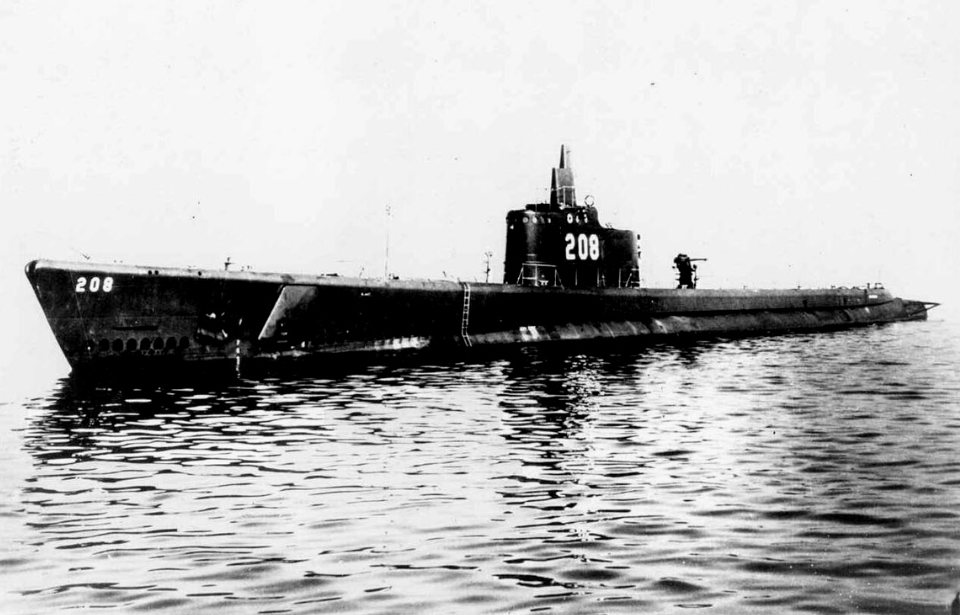Three-quarters of a century after vanishing off the shores of Okinawa, the wreck of the USS Grayback (SS-208) was located on the seabed of the Philippine Sea. This discovery unfolded over 100 nautical miles away from the location previously described by the US Navy. The remarkable find provided closure and solace to the families of the 80 American sailors who tragically perished when the submarine sank.
USS Grayback (SS-208)
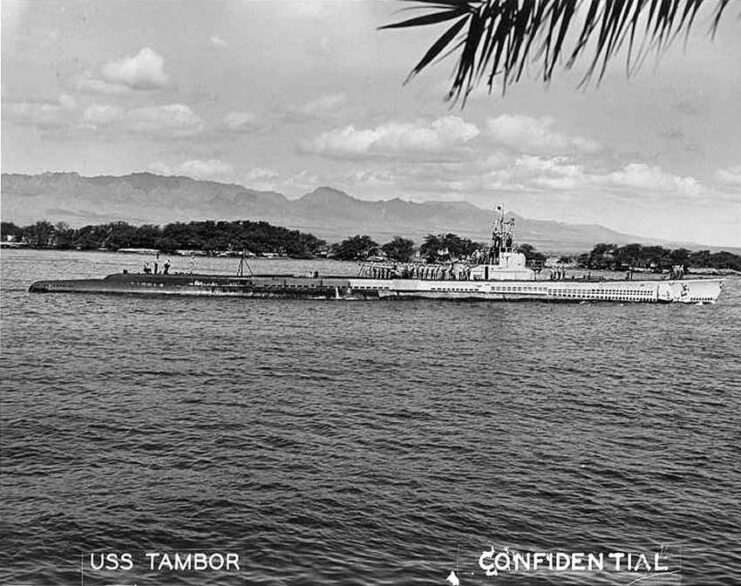
The USS Grayback entered service on June 30, 1941, under the command of Lt. William A. Saunders. As one of the pioneering fleet submarines in the US Navy, she played a pivotal role in the success of the Allied forces in the Pacific Theater.
Grayback was equipped with four General Motors V16 diesel engines, four high-speed General Electric electric motors and two 126-cell Sargo batteries, enabling her to reach speeds of 20.4 knots on the surface and 8.75 knots when submerged. With a range of 11,000 nautical miles at 10 knots, the submarine could stay submerged for a continuous 48 hours while traveling at two knots.
In preparation for engagements with enemy vessels, Grayback boasted an arsenal of 24 torpedoes accommodated in ten 21-inch torpedo tubes, as well as a Bofors 40 mm and Oerlikon 20 mm cannon. Additionally, a single three-inch deck gun was part of her armament. The submarine operated with a crew of 54 enlisted men and six officers to ensure smooth and efficient operations.
USS Grayback‘s (SS-208) service during World War II
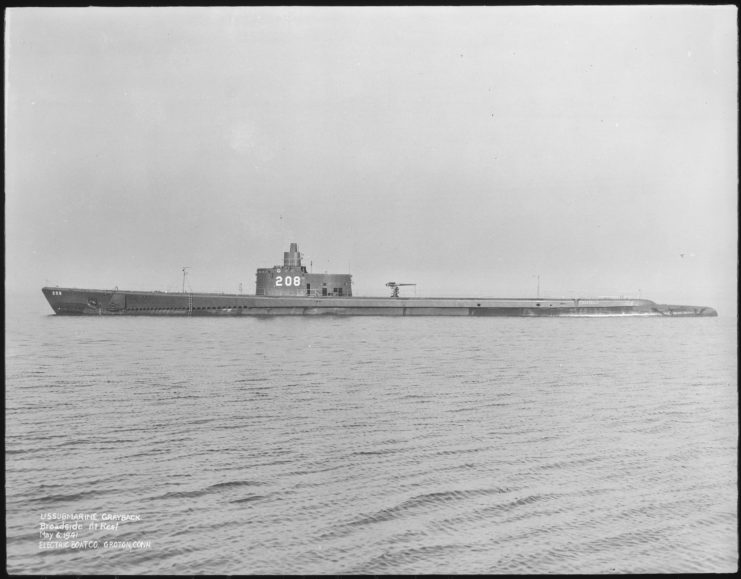
Following the US entry into World War II after the Japanese attack on Pearl Harbor, the USS Grayback began to see action. Originally commissioned into the Atlantic Fleet, she was 20th in total tonnage sunk by American submarines, taking out 14 enemy ships (63,835 tons). She was also awarded eight battle stars for her service throughout the conflict.
In February 1942, Grayback departed from Maine for Hawaii. The submarine’s first war patrol took her along the coasts of Saipan and Guam, where she had a four-day standoff with a Japanese submarine. The enemy vessel fired two torpedoes at Grayback and followed her until she managed to escape. A month later, the submarine sank her first ship, the Japanese cargo vessel Ishikari Maru.
Grayback later conducted patrols in the South China Sea and St. George’s Passage, where the submarine was challenged by the bright moonlight, intense enemy patrols and treacherous waters. Despite these hurdles, the presence of her and her sister ships was instrumental in the success of the Guadalcanal Campaign, America’s first major land offensive in the Pacific.
Grayback garnered an impressive number of kills after this, and was even credited with saving the lives of six crewmen who’d survived the crash of their Martin B-26 Marauder in the Solomon Islands. While she experienced a string of bad luck during her sixth patrol, the submarine’s reputation made a turn for the better in later patrols, one of which saw her join one of the first wolfpacks organized by the Submarine Force.
Of all her patrols, it was Grayback‘s 10th that was her most successful – and also the submarine’s last.
A successful final mission in the Pacific Theater
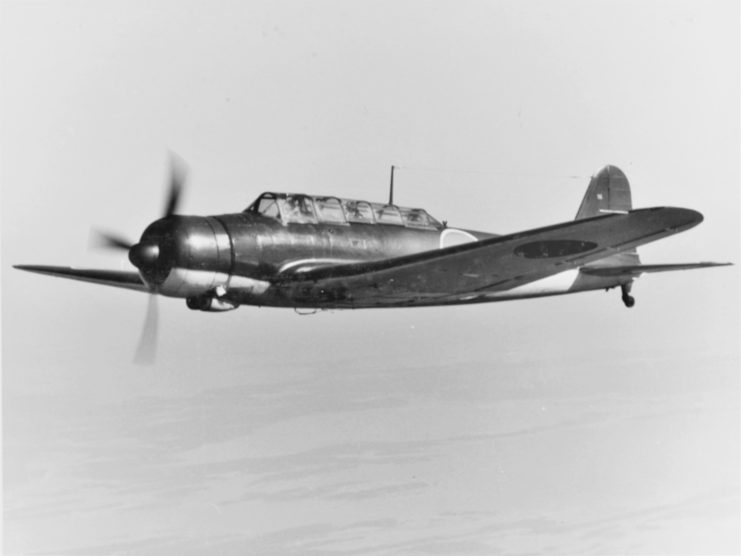
On February 24, 1944, the USS Grayback‘s crew radioed that they’d sunk two Japanese cargo ships and damaged two others. The following day, they transmitted their last report, which stated they’d sunk the enemy tanker Nanho Maru and left Asama Maru damaged. With only two torpedoes left, the submarine was ordered to return to base in Fremantle, Western Australia.
Grayback was supposed to arrive at Midway Island on March 7, 1944, but was nowhere to be found. By March 30, she was officially listed as missing, with no survivors.
Captured Japanese records paint a picture of Grayback‘s final moments. Having attacked convoy Hi-40 a few days prior, the submarine used her last two torpedoes to sink the cargo ship Ceylon Maru in the East China Sea on February 27. She was then spotted by a Nakajima B5N torpedo bomber and hit with a 500-pound bomb.
Grayback reportedly “exploded and sank immediately” to the bottom of the Pacific Ocean, after which anti-submarine aircraft were called in to drop depth charges over the area, so the enemy could be sure the vessel was for sure out of commission. It was there where Grayback remained undiscovered for nearly a century.
Unexpected discovery within the USS Grayback (SS-208)
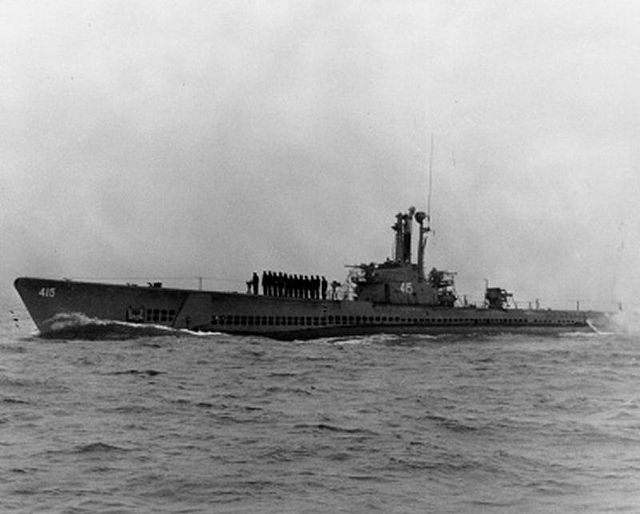
During the Second World War, 52 American submarines were lost, taking the lives of 374 officers and 3,131 sailors. The Lost 52 Project is an initiative dedicated to locating all 52 vessels, to bring closure to the families of those who lost their lives. Using state-of-the-art technology, the team captures images and 3D scans of the wrecks they discover to help document each submarine.
On November 10, 2019, the Lost 52 Project announced it had located the USS Grayback some 50 nautical miles south of Okinawa, roughly 1,400 feet below the surface. Her deck gun was found 400 feet away from the main wreckage. The damage the submarine had sustained appeared consistent with what was listed in the Japanese report. There was severe damage aft of the conning tower, and part of the hull had imploded. As well, the bow had broken off at an angle.
It’s a miracle they even found the wreck, considering the original coordinates translated by the US Navy were 100 nautical miles off, thanks to a clerical error that was off by just one number.
The team set up a dive team to explore the wreckage, but what they found inside overshadowed the celebratory mood around such an incredible discovery. Tim Taylor, one of the team leads, shared how he felt with The New York Times, “We were elated, but it’s also sobering, because we just found 80 men.”
Prayers of family members have finally been answered
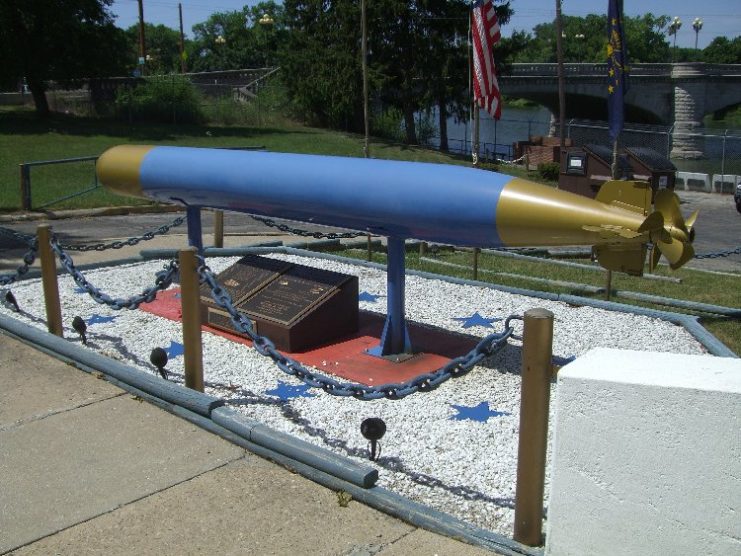
Gloria Hurney‘s uncle, Raymond Parks, was one of the men lost when the USS Grayback sank. He served as an electrician’s mate, first class. Hurney and countless others had concluded they would never be able to locate the wreck, but the Lost 52 Project proved them otherwise.
More from us: Inside a Submarine: A Glimpse Into the Lives of Those Serving Beneath the Ocean’s Surface
While the discovery of Grayback is bittersweet, it’s also brought closure and peace to the families who waited 75 years to learn where their loved ones were laid to rest.
